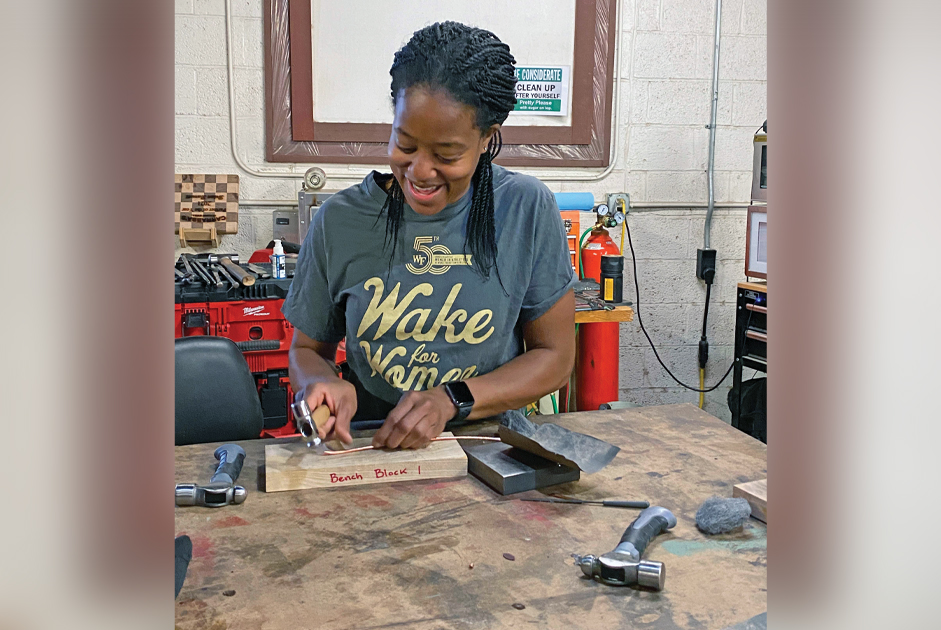“My dear, here we must run as fast as we can just to stay in place. And if you want to get somewhere else, you must run at least twice as fast as that.” ~Lewis Carroll, Through the Looking-Glass, 1871.
“Did you hear me, sweetie? Please put the phone down so we can talk!” Parents often describe their child’s screen time as an addiction. When attention shifts from a technological device to an adult, the trance suddenly breaks. Immediately, a daughter or son internalizes the new message. Kids, whether we realize it or not, listen and observe. Perceptive to body language, tension, and stress, they hear the tone of voice as parents talk to strangers and friends and witness the handling of emotional situations. Whether the time span lasts for four to eight hours, or is held for ten hours daily, children find comfort in holding their devices, captivated also by a popular presenter’s message!
Defining the Role Model
From preschool through the teenage years, friendship is an ongoing discussion. Daughters and sons learn the rules through a break in loyalty, disappointments, selfish actions, and mistakes. As parents listen, a teachable moment arrives to take the topic of friendship one step further and define a role model’s purpose. Children do not realize they set examples every day, influencing younger and older classmates. Decisions, strengths, and weaknesses show qualities of character as well as making mistakes does. Every adverse action can result in learning! What can parents do? Help children reflect on situations by asking the following questions:
- What would you do differently?
- Was there another positive way to handle the situation?
- Who do you think is a good role model, and why?
As children learn to identify positive qualities in others, they can assess other individuals, such as teachers and coaches, and extend this assessment to widely admired public figures. Open discussions about positive and negative role models allow children to ask questions and understand distinctions.
The Stars of Social Media
The people who gain popularity reach out to our children through programming—U-Tube, Twitter, and other social media platforms, all of which are accessible 24 hours daily.
Age 2 to 7:
- Limit Screen Time: Preschool to second graders thrive using hands-on activities and engaging in personal interaction. Encourage educational skills through playing, and spending time independently or together.
- Find Age-Appropriate Content: While all programs identify as educational television, determine its lessons by reading parent reviews and watching a few episodes. Access the website, commonsensemedia.org, to find the shows, movies, games, and books geared toward your child’s age.
- Enjoy Shows Together: Doc McStuffins is a televised program that shatters stereotypes and encourages girls to follow their dreams. Parents should join their child’s world to understand why particular shows are appealing.
Age 8 to 12:
- Looking for the Strong Female: By the second or third grade, girls prefer to connect with female characters who personify their feelings. The DC Superhero Girls well define the characteristics of confidence, leadership, humility, unique strengths, and teamwork.
- Identify Values Through Programs: Reinforcing the message arrives through teachable moments. As children tune in to favorite shows, take time to discuss both positive and negative examples of behavior, actions, or words. It may help alter the person your child chooses to imitate.
- Connect through Books: Start technology-based activities to enjoy together. A high-interest audiobook shared on the drive to and from school can present opportunities to discuss character relationships, values, choices, good deeds, and mistakes.
Age 13 and older:
- Research Popular Culture: Stay well-informed of names and associated activities to engage in conversation and guide their understanding of acceptable and appropriate actions.
- Continue Monitoring Anti-Social Behavior: Teens are trying on various personalities to determine who they are. Help them balance their values of self-expression alongside a favorable stance on social action. Your active presence on social media will help monitor communication exchanges and prevent potential negative consequences.
- Connect through Experiences: Living with a technologically savvy teen requires time in the real world by engaging in conversations without a device in hand. Boost social interaction by making introductions. Influential and empowering people are everywhere! Open a door and start saying hello!























